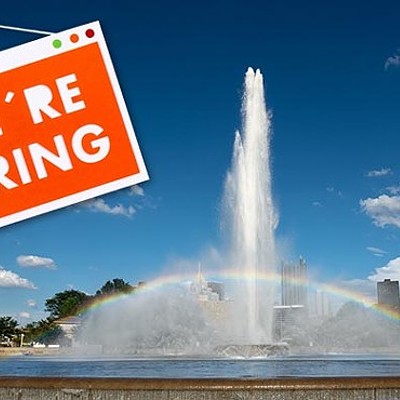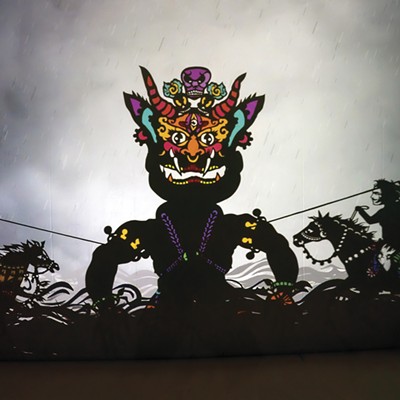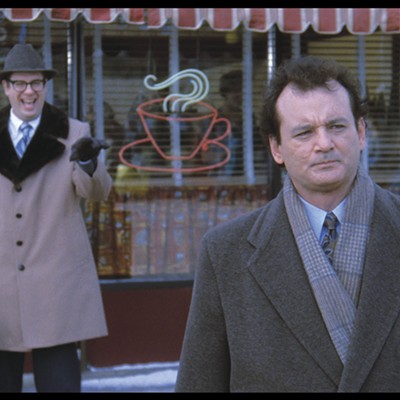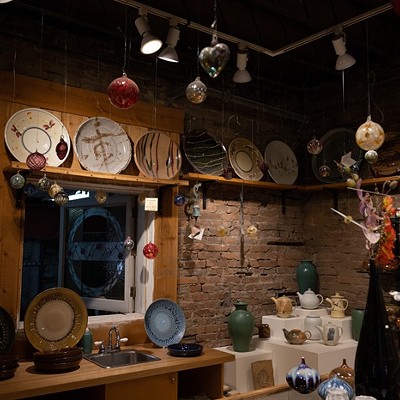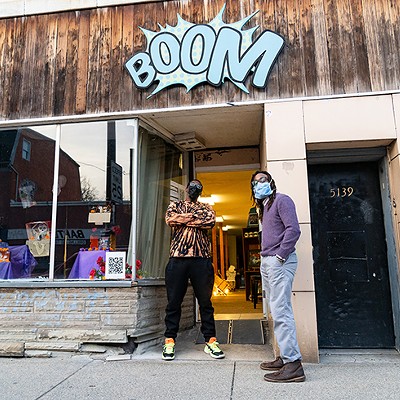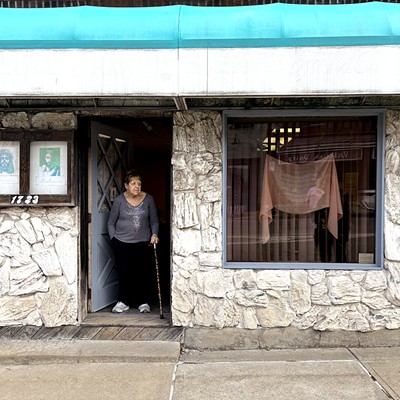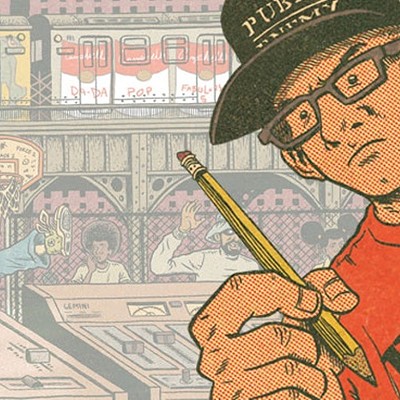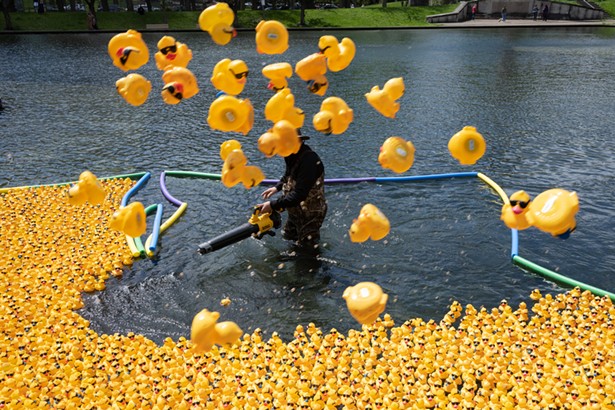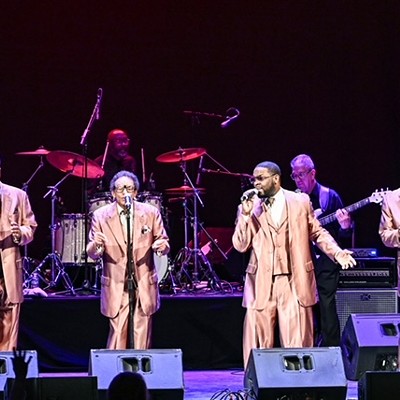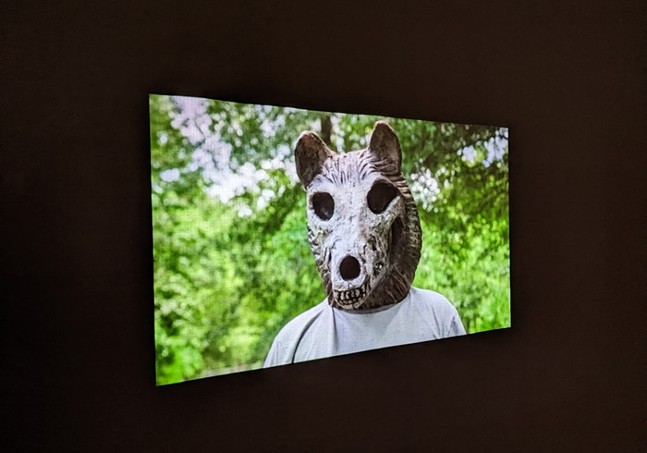
Now on view through Jan. 7, 2024, Unsettling Matter, Gaining Ground seeks to, as one press release puts it, "narrate how fossil fuel economies have been produced, whom they have left vulnerable, and how they have disrupted communities and ecologies." Rarely seen selections from the museum's collection, including The Continuous Miner series from 1954, share space with independently produced and commissioned projects, creating a relatively small, but powerful multimedia commentary on the hellish conditions humankind has wrought upon itself.
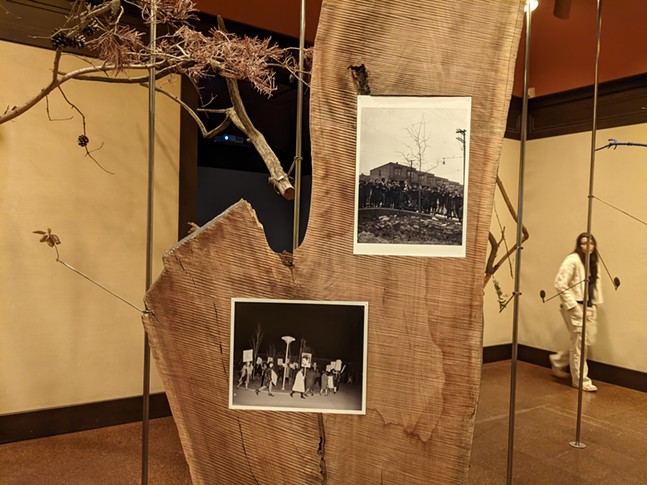
What originally started as a celebration of automated coal excavation, and was tellingly commissioned by Fortune magazine and the Joy Manufacturing Company, The Continuous Miner now carries a much less boast-worthy tone. Despite the series spanning several artists of different backgrounds and disciplines, the pieces are united by similar themes — the thankless, dangerous labor, claustrophobic conditions, and filthy, dehumanizing consequences of mining.
If the watercolors, illustrations, and other images of The Continuous Miner fail to resonate, Spanish artists Laia Celma and Pep Avilés, who both teach at Penn State's College of Arts and Architecture, supply "Dystopian Carousel." It's impossible to miss the massive lump of anthracite coal proudly spinning on a turntable like a shiny new Corvette at a car show, especially when it features chillingly adorable miniature rigging, lights, and other accents. Paired with photographs capturing aerial views of coal fields throughout Pennsylvania, including in the counties of Schuylkill and Columbia, the sculpture seeks to capture an industry's massive, indelible environmental impact.

Similarly, respective video installations by Pittsburgh filmmaker Tony Buba and Imani Jacqueline Brown, as well as contributions by Eliza Evans, further touch on the human devastation left in the wake of supposed progress. Buba captures protesters in Braddock, Pa. trying to save the hospital serving its once-thriving industrial community. Brown explores patients sickened by petrochemical pollution in Louisiana's Cancer Alley, while the dramatically titled “All the Way to Hell” pulls viewers into Evans' fight to save her land in Oklahoma from natural gas drilling.
The most striking and horrific piece comes from Not An Alternative, a New York-based collective described as focusing on Appalachia, the southern Gulf, and the Pacific Northwest. The group's installation "We Refuse to Die" features footage of refineries, fracking sites, and other industrial infrastructure (one bit focuses on the controversial cracker plant in Beaver County) being watched by a silent audience of tall animal sculptures carved from trees charred by wildfires.
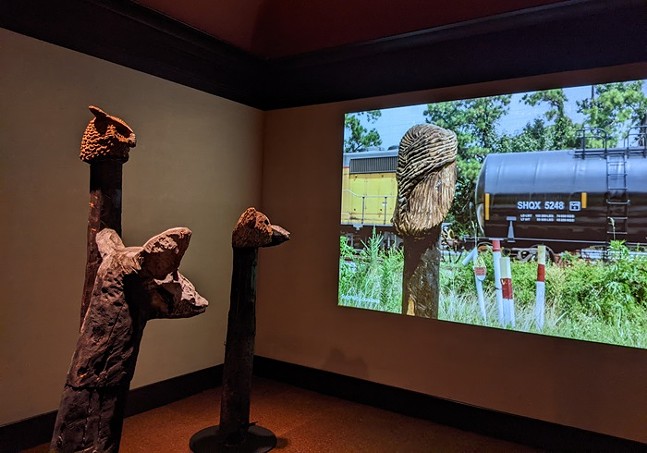
"We Refuse to Die" carries, on its own, the overall message of Unsettling Matter, Gaining Ground — even as industrial greed remains an overwhelming global issue, contributing to everything from the collapse of communities to climate change, we cannot afford to be passive observers of the destruction. To some degree, the museum addresses its role in this issue (one placard describes how Brown called out the institution for its connection to Nova Chemicals, a major contributor to cancer-causing pollution in Louisiana). For things to change, however, everyone, regardless of social or economic standing, should do what they can to combat what will ultimately destroy us all.
Unsettling Matter, Gaining Ground. Continues through Jan. 7, 2024. Carnegie Museum of Art. 4400 Forbes Ave., Oakland. Included with regular admission. carnegieart.org


